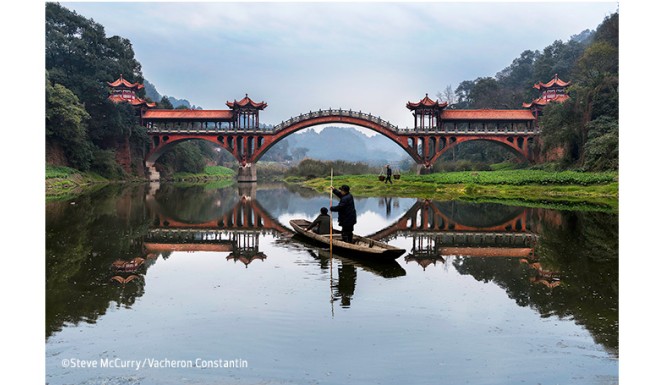The Leshan Grand Buddha has been standing tall for 1,000 years and greets travellers with a smile
Conceived by the Buddhist monk Hai Tong who created the statue as an act of piety - and a solution to the turbulent waters at the base of the cliff

The first time I saw the Leshan Grand Buddha, in southern Sichuan Province, I was standing on a strip of wet stones in the middle of the River Dadu.
A group of children marched over the stones gingerly, stopping every few steps to snatch one up and toss it into the rushing waters, while silent, skinny old men stared at the ends of their fishing lines.
The Buddha peered down from its alcove in the red cliffs and was both a symbol of protective divinity, and the backdrop to an ordinary day in the river town of Leshan.
That strip I stood on is temporary, rising from the waters periodically throughout the year when the Dadu recedes slightly, only to be inundated again just a few short hours, or a day later. On that spring day, just as the sun passed its zenith, families paid two yuan (HK$2.4) to cross from the river's banks in a five-seater boat to the small stone islet.
The Leshan Buddha has been at this spot for more than 1,000 years. The Buddhist monk Hai Tong, associated with the nearby temples on Mount Emei, conceived of the project as a pious act of faith, and a pragmatic solution to the turbulent waters at the base of the cliff, where many ships had foundered and sunk.
Hai Tong did not live to see the completion of his vision: the Buddha stood half-finished until a regional military commander provided the necessary funds, more than 90 years after the monk and his disciples broke ground. The original structure included a 13-storey wooden housing for the Buddha, in the style of classic Chinese Buddhist temple architecture, but the structure was destroyed in the chaos following the fall of the Yuan dynasty and the wars that led to the founding of the Ming dynasty.
